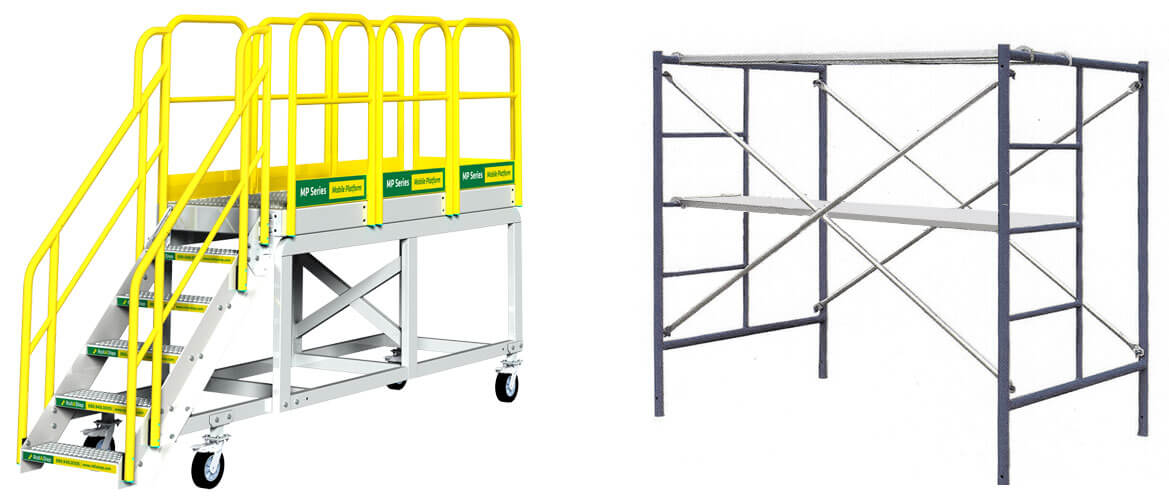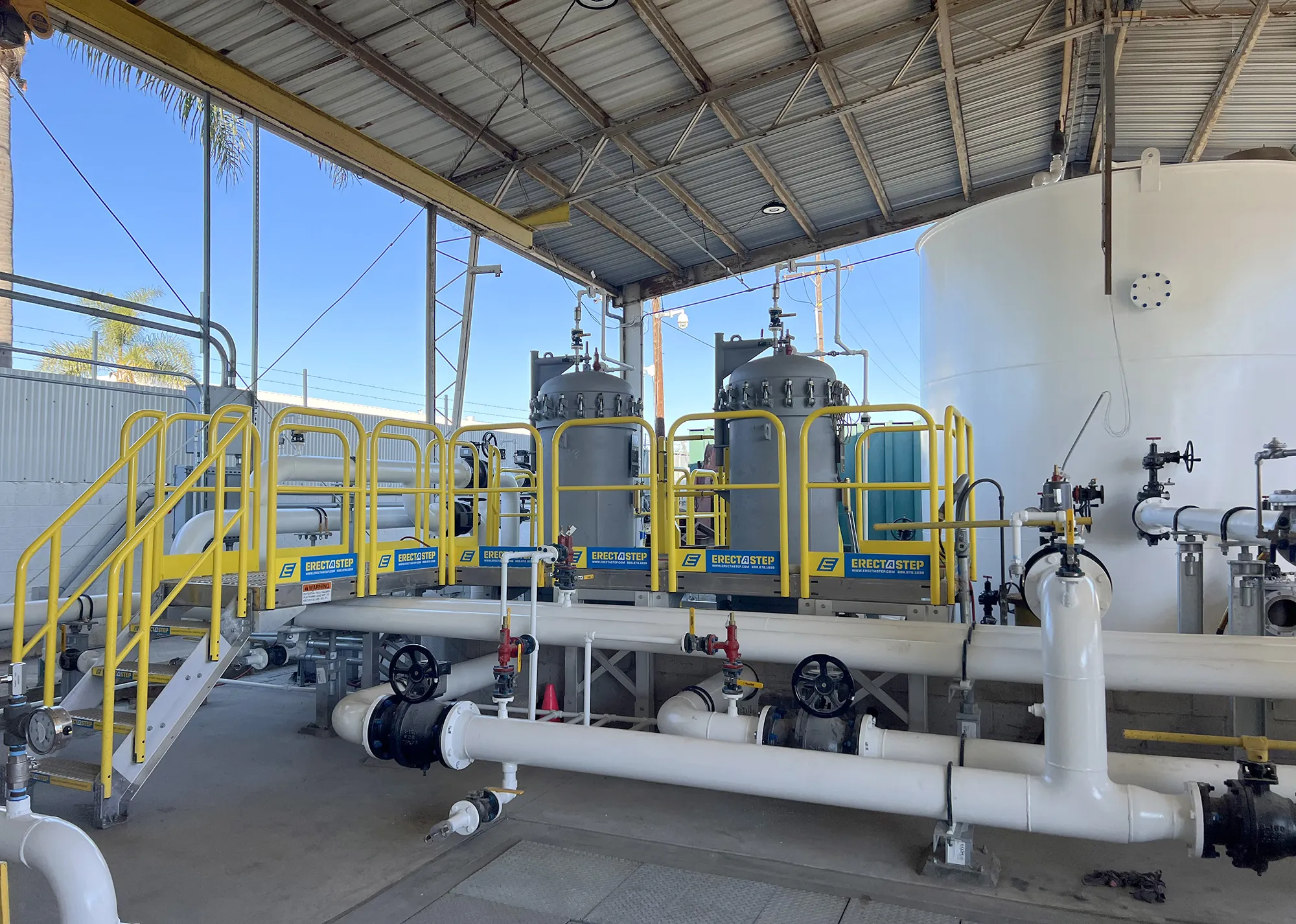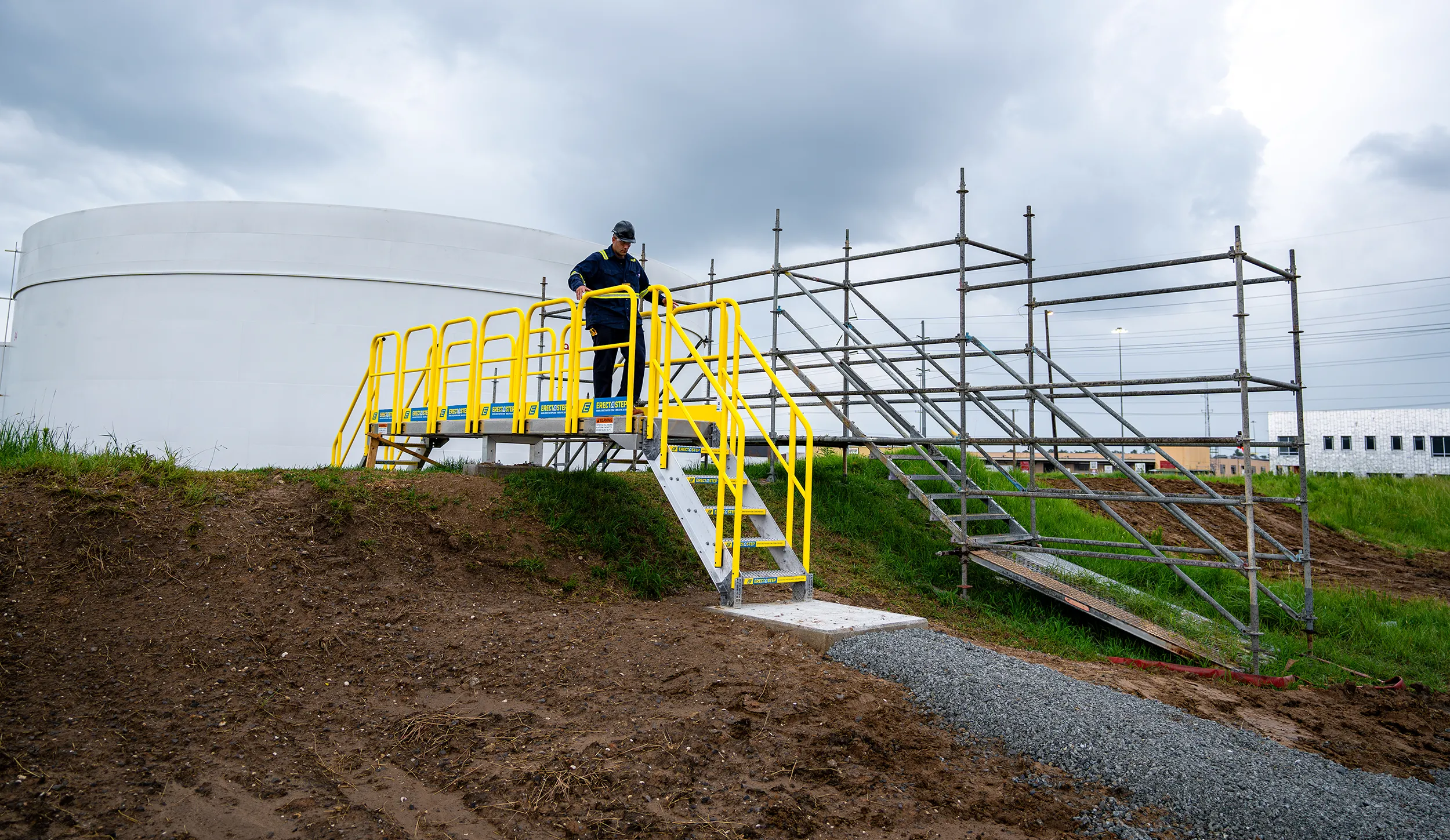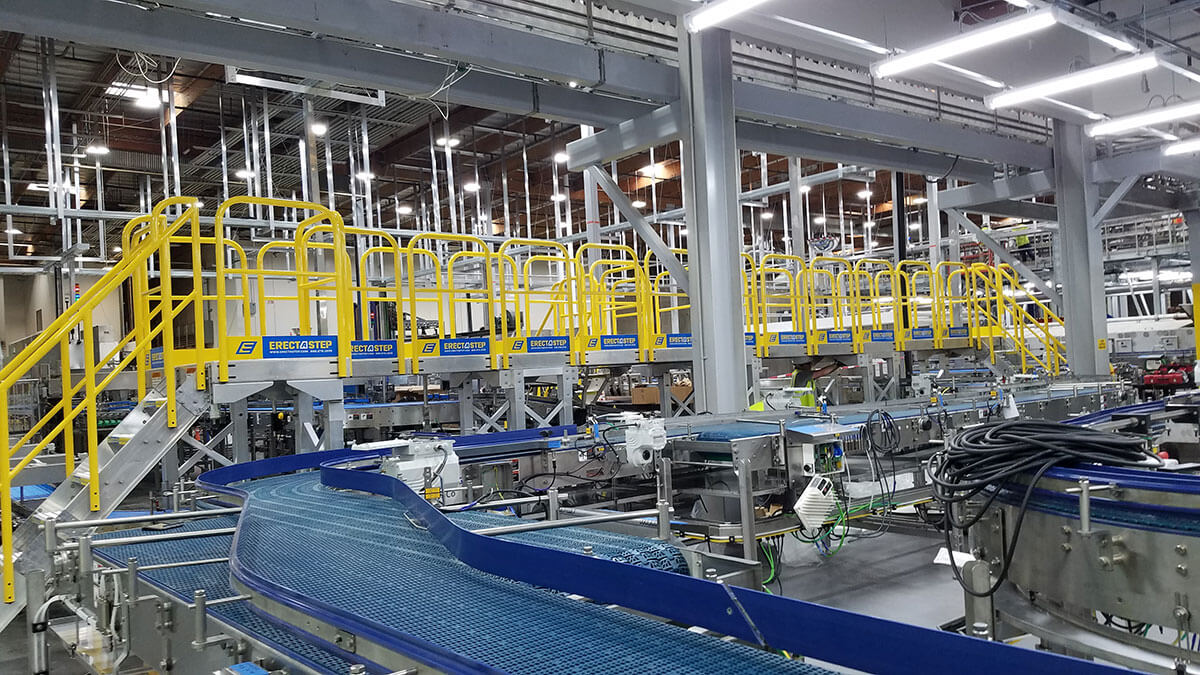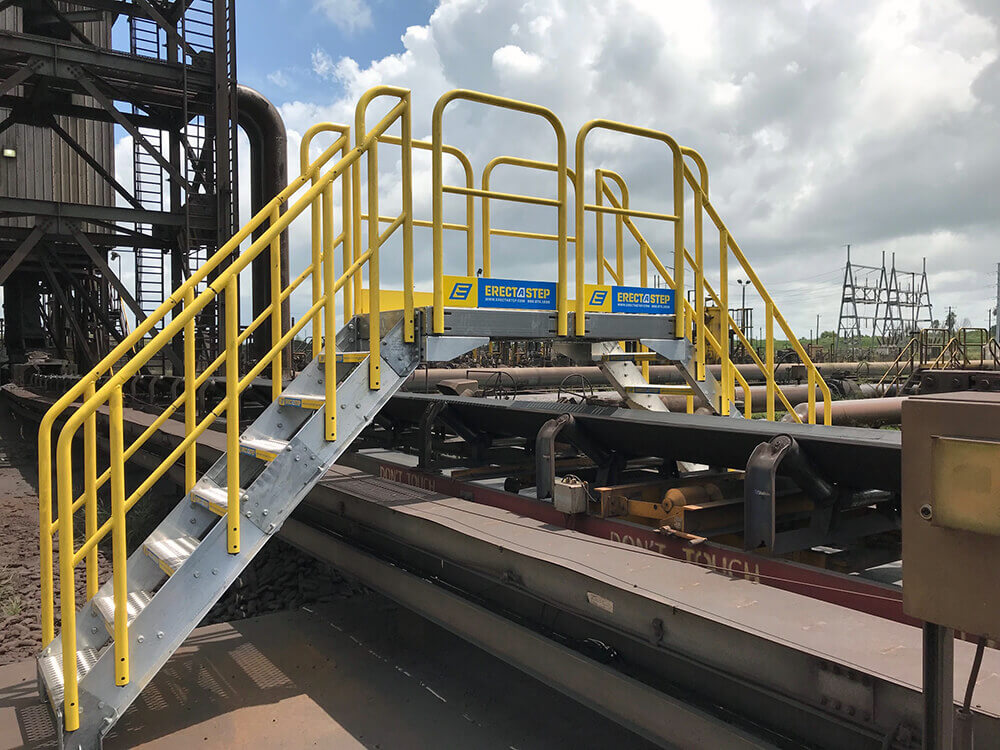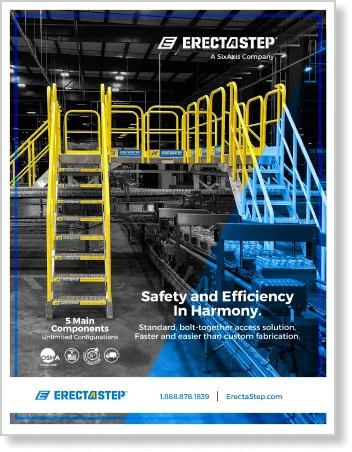A scaffold supports workers, tools, and materials during construction, maintenance, or repair tasks by providing a temporary elevated platform. It ensures safe access to high areas and offers a stable working surface.

Key Benefits:
- Safety: Ensures secure and stable platforms, reducing the risk of falls and accidents.
- Access: Provides easy access to high or difficult-to-reach areas, improving plans and productivity.
- Support: Offers a strong base for supporting materials and tools, streamlining construction and maintenance processes.
Applications:
- Provides ideal access and support for tasks such as building, painting, or installing components at elevated heights.
- Used for repairs and inspections on tall structures or machinery, offering a safe working environment.
- Facilitates the renovation of existing buildings by providing secure platforms for workers to reach hard-to-access areas.
Yes, when properly installed and maintained, scaffolds are safe. It’s crucial to follow safety guidelines and ensure regular inspections.
OSHA Compliance for Scaffolds:
Ensure OSHA compliance by verifying that:
- Structural Integrity: The scaffold is constructed to meet OSHA’s load-bearing and structural safety standards.
- Stability: The scaffold is properly anchored and stable to prevent tipping or collapsing.
- Inspection: Conduct regular inspections to ensure the scaffold is in good condition and free of defects that could compromise safety.
